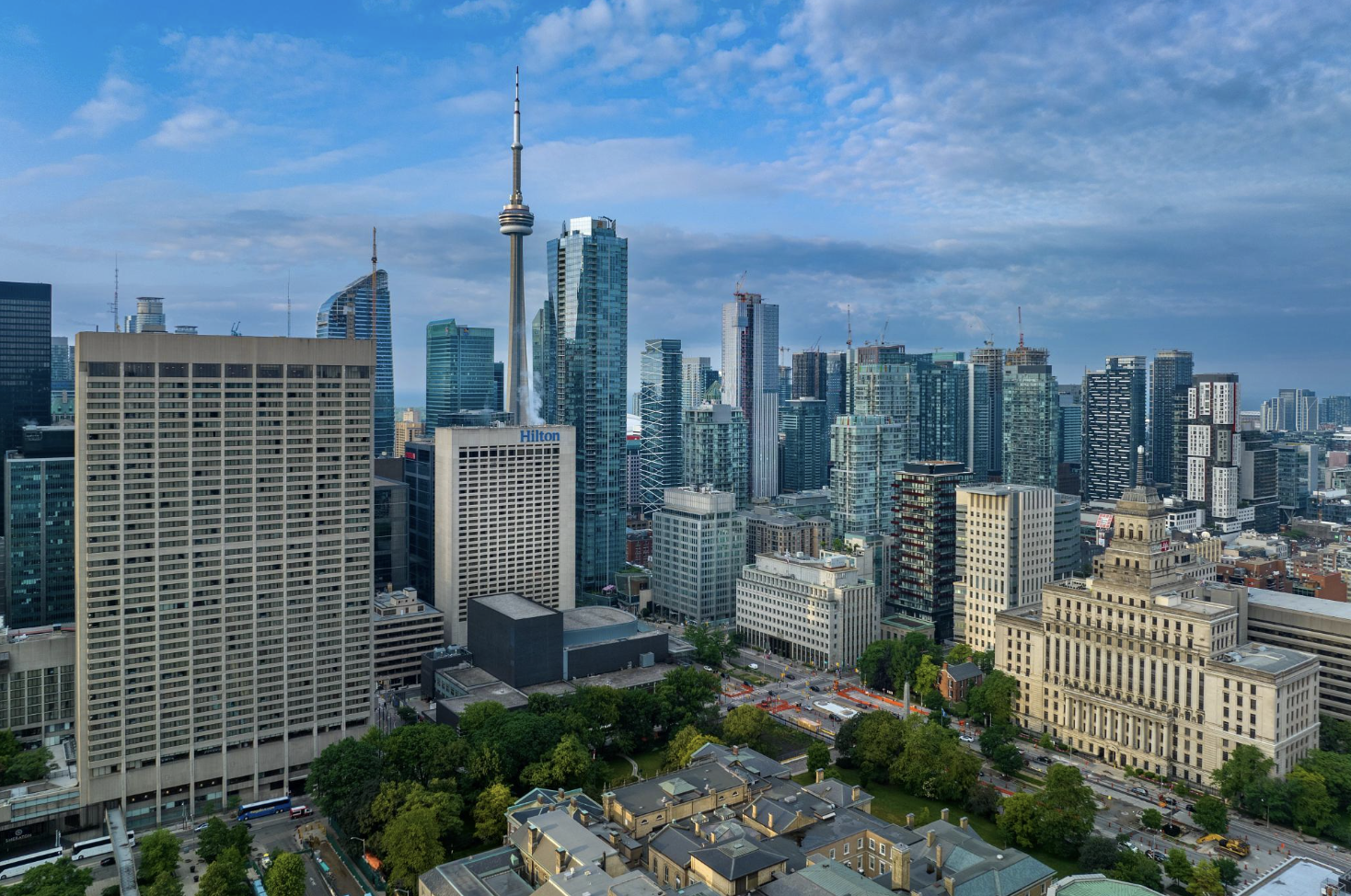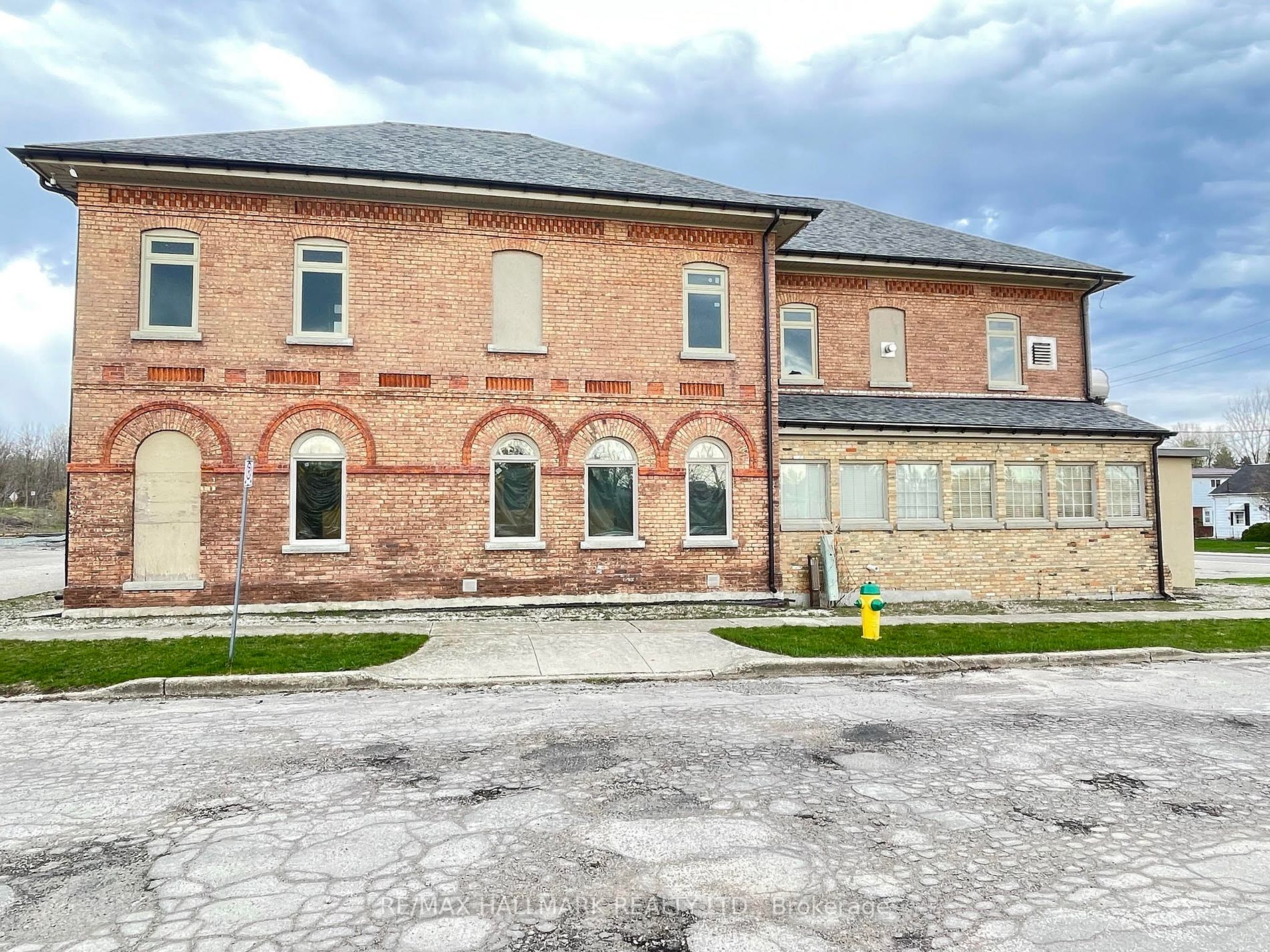Lower Borrowing Costs Seen Lightening Debt Burden on Canadian Real Estate Industry

Lower Borrowing Costs Seen Lightening Debt Burden on Canadian Real Estate Industry
Analysts Cite Cause for Optimism, Even As They Acknowledge Possibility of More Rate Hikes
Canada’s commercial property investment landscape shows some signs of what analysts say is slow improvement after the Bank of Canada raised interest rates to 5% last July.
Some real estate brokerage analysts are finding cause for optimism in the growing spread between capitalization rates and borrowing costs in the fourth quarter as a recent decline in rates has offered investors some room to maneuver.
But the findings in a Colliers report also warn that long anticipated Bank of Canada rate cuts are not certain and that further rate raises remain conceivable as “persistently high inflation, especially for staples like food and housing, have some analysts even suggesting further hikes are possible.”
Colliers touts itself as Canada’s largest commercial real estate services firm. It focused on the situation in 12 major Canadian urban centres in its 22-page report.
The authors note investors can expect some challenging times early this year, notably in hospitality, as well as for most of the apartment and retail markets, while about half of industrial markets face flat cap rates indicating a lack of increase in projected annual yields.
As for bright spots, Colliers notes Canada’s 5.8% unemployment rate has remained significantly lower than in past recessions, while a rapidly increasing population is expected to prove economically beneficial for some assets, including housing and industrial space. Owners of grocery-anchored retail can also expect to be left undamaged by the challenging economic conditions.
The report broke down certain situations in Canada’s urban areas.
- In Toronto industrial and multifamily showed strength in the fourth quarter, while grocery-anchored properties also attracted investors. Industrial vacancy rates in the greater Toronto area increased slightly to over 1%, and asking rents dropped slightly.
- Montreal’s commercial real estate had some softening in the industrial sector, where vacancy rates have risen to over 3%, as many investors are standing on the sidelines until financial conditions improve.
- Vancouver posted almost no large transactions in 2023 until a busy fourth quarter. Cap rates have remained historically low for the urban area.
- Calgary’s cap rates increased due to high demand for housing, while retail also remained strong. The Calgary office sector remains a weak point.
- Edmonton is also undergoing a population increase that is propelling multifamily demand. The report expressed optimism for Edmonton retail properties as well, and it projected positive cap rates.
- Ottawa saw few major transactions, while some major national multi-family owners sold off mid-sized and large-sized assets in 2023.
- Winnipeg showed positive results in the industrial sector but a dearth of transactions made it difficult to determine a larger trend.
- Halifax’s industrial real estate sector slowed while suburban office space showed some strength.
- Quebec City’s industrial property sector posted positive results, as did Moncton, but both were hampered by a struggling office sector.
Source CoStar. Click here to read a full story.









